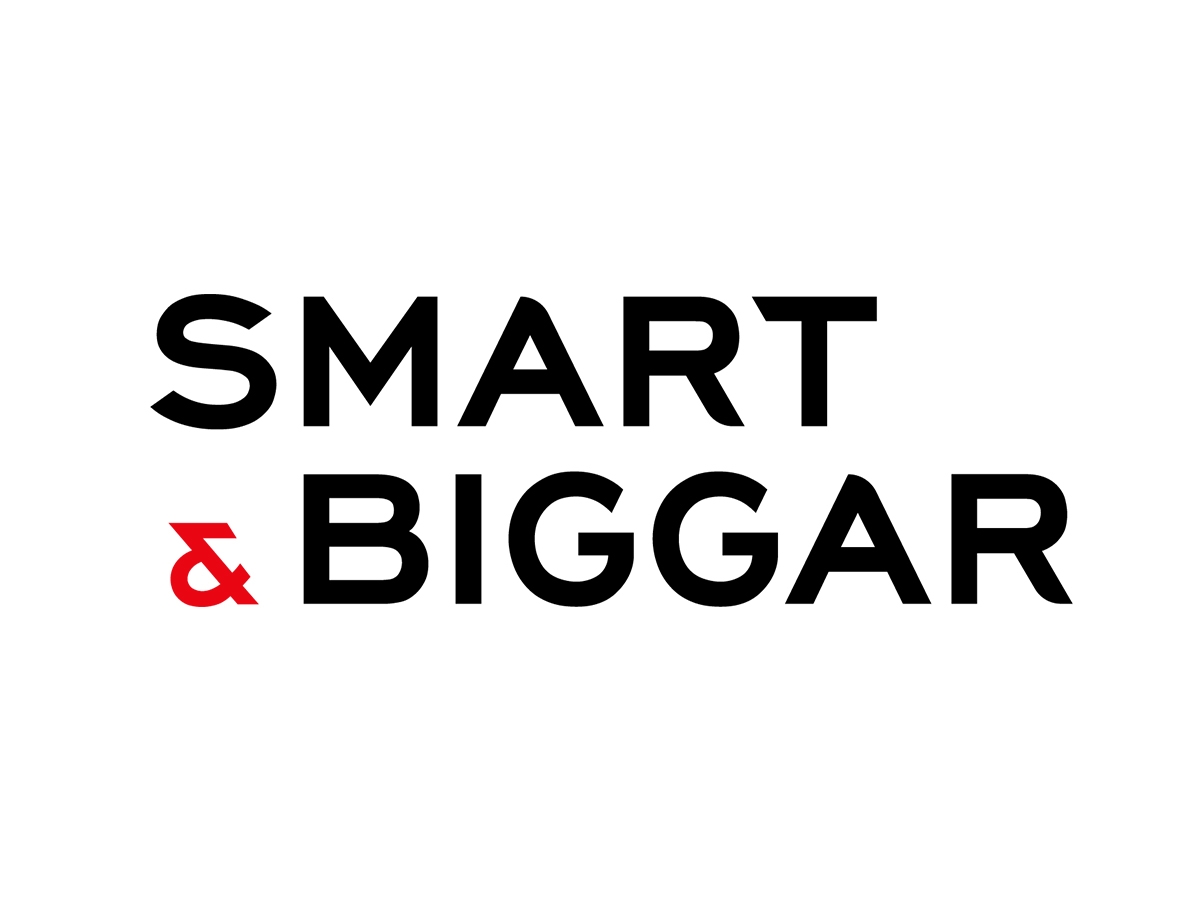Decoded – Technology Law Insights, V 5, Issue 6, July 2024 | Spilman Thomas & Battle, PLLC
“This guidance update will assist USPTO personnel and stakeholders in evaluating the subject matter eligibility of claims in patent applications and patents involving inventions related to AI technology (AI inventions).”
Why this is important: In line with Executive Order 14110 on the “Safe, Secure, and Trustworthy Development and Use of Artificial Intelligence” (October 30, 2023), the USPTO is updating its guidance on patent subject matter eligibility to address innovations in critical and emerging technologies, particularly AI. This update will help USPTO personnel and stakeholders assess the eligibility of claims in AI-related patent applications and patents. It introduces new examples to aid in applying eligibility guidance during patent examination, appeals, and post-grant proceedings, incorporates stakeholder feedback, and discusses recent Federal Circuit decisions on eligibility. This update, along with the Manual of Patent Examining Procedure (MPEP), will guide USPTO personnel in applying subject matter eligibility law.
Under U.S. patent law, there are four categories of eligible inventions: processes, machines, manufactures, and compositions of matter. In contrast, courts have found that abstract ideas, laws of nature, and natural phenomena are outside or exceptions to the appropriate subject matter for patents. With the rise of AI tools assisting inventors in the discovery, conception, and reduction to practice of new inventions, the lines between what is and is not patentable subject matter have become less clear.
The Alice/Mayo test for determining subject matter eligibility remains unchanged, but the MPEP has been updated to consolidate and include all prior USPTO guidance, with future updates to reflect recent court decisions. Stakeholder feedback highlights specific concerns for AI inventions: evaluating if a claim recites an abstract idea, and assessing improvements in the claim.
For the subject matter eligibility analysis under 35 U.S.C. 101, the involvement of AI in creating an invention is not considered in applying the Alice/Mayo test and USPTO eligibility guidance. The focus is on whether the claimed invention itself is eligible for patenting, not how it was developed.
In contrast, the USPTO recently issued guidance on inventorship for AI-assisted inventions, created by natural persons using AI systems. Current statutes, such as 35 U.S.C. 101 and 115, do not recognize contributions by AI systems for inventorship purposes, even if they were instrumental. However, AI-assisted inventions can still be patented if one or more persons significantly contributed to the claimed invention.
The guidance also includes new examples to help examiners and practitioners apply the USPTO subject matter eligibility requirements. Example 47 demonstrates the eligibility analysis for claims involving AI, specifically using an artificial neural network to detect anomalies. Example 48 applies the analysis to AI-based methods for analyzing speech signals and separating desired speech from background noise. Example 49 analyzes method claims for an AI model that personalizes medical treatment based on individual patient characteristics.
In sum, the latest guidance builds upon the USPTO’s prior actions in addressing the rise of AI tools and their effect on both inventorship and subject matter eligibility and provides more clarity for those working in these spaces. To read the full report and submit a formal comment, please see here. — Shane P. Riley






